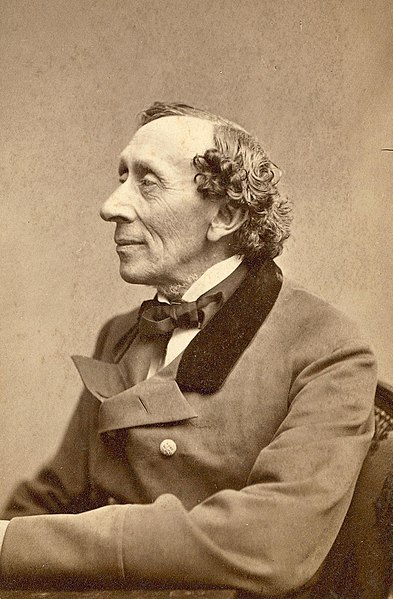
Top Hans Christian Andersen Tales
To mark International Children’s Book Day and the birthday of Hans Christian Andersen on the 2nd of April, here we take a look at the 19th-century Danish author’s top children’s stories and fairy tales.
The Princess And The Pea
The Princess and the Pea was published in 1835. It tells the story of a young woman whose royal credentials are tested by having to sleep on a large pile of mattresses under which a small pea has been placed – the idea being that a real princess would feel the pea underneath all of that bedding. When the woman wakes up the following morning and complains of the terrible night’s sleep she had due to something digging into her back she is proclaimed to be a real princess. The story most probably originates from a Swedish folk tale, which Andersen may have heard as a child.
Thumbelina
Also published in 1835, Thumbelina quickly gained popularity and was translated into English around 1846. The story follows Thumbelina, a miniature girl, on her adventures as she meets all kinds of creatures, many of whom ask to marry her. Thumbelina eventually meets, and falls in love with, a flower fairy prince. It is likely that Andersen was inspired to create the character of Thumbelina after hearing other tales of tiny people, such as the English folk tale Tom Thumb.
The Emperor’s New Clothes
This story tells the tale of a conceited emperor who is conned into wearing a new suit made from expensive “invisible” fabric. The emperor parades in front of his subjects wearing his new “clothes” until a brave young boy points out that the emperor is, in fact, naked. The story was published in 1837 and most probably takes inspiration from a popular 12th-century Spanish book, The Tales of Count Lucanor, as well as Aesop’s Fables.
The Little Mermaid
The Little Mermaid is perhaps Andersen’s most famous tale. The story follows a mermaid as she falls in love with a human prince and gives up her life and family in the ocean to be with her prince on land. Published in 1837, the tale has undergone numerous adaptations for theatre, ballet, television, and film – the most renowned of which is possibly Disney’s 1989 animated version. Most of these adaptations have a happier ending than in Andersen’s original tale, which sees the mermaid plotting to murder the prince. Due to the story’s popularity, in 1909 the Danish government commissioned a bronze statue of a mermaid to be built. The statue sits in Copenhagen and is visited by thousands of tourists each year, having become one of Denmark’s most famous landmarks.
Andersen And The Ugly Duckling
In an interview with a literary critic, Andersen explained that The Ugly Duckling is symbolic of his own life as he was often teased about his appearance as a child but grew up to become an accomplished author. The story follows a “duckling”, bullied because of his ugly grey feathers only to mature into a beautiful swan. The story has inspired many stage shows, film and television works, and music, the most well-known of which is a song version of the story composed by Frank Loesser and sung by Danny Kaye for the Charles Vidor 1952 film Hans Christian Andersen.